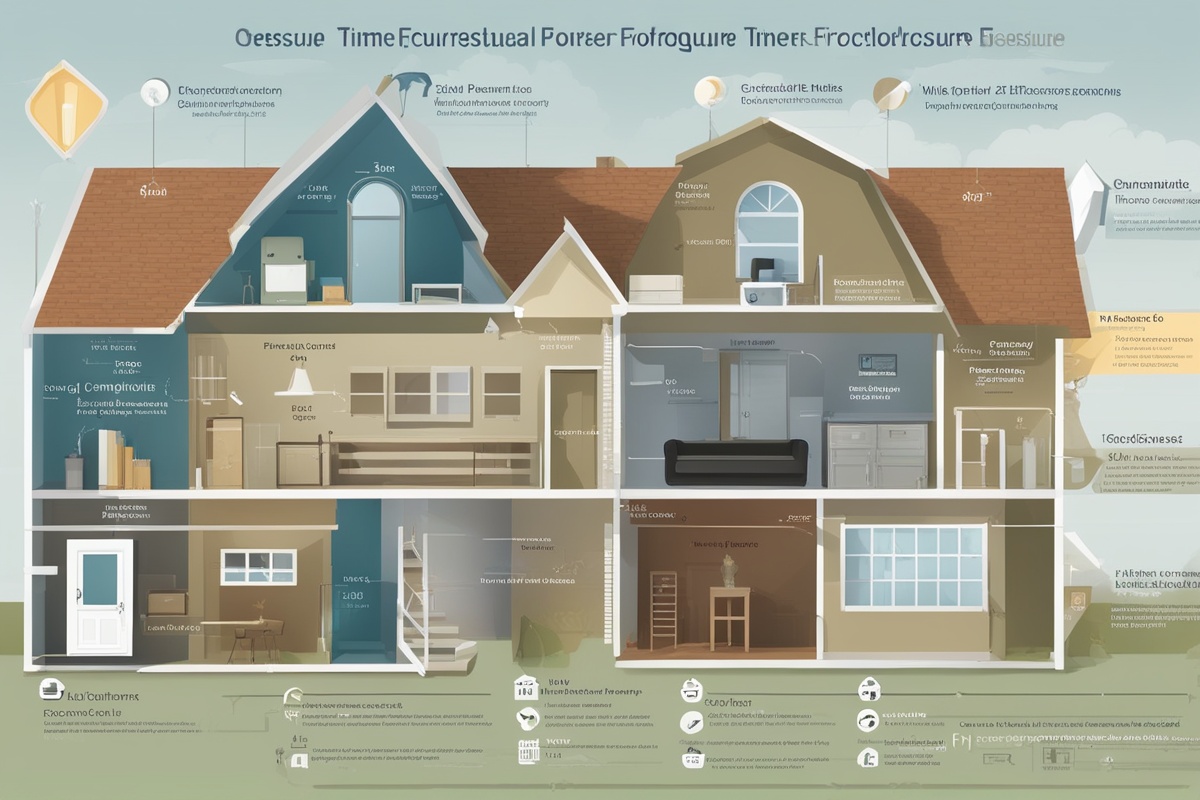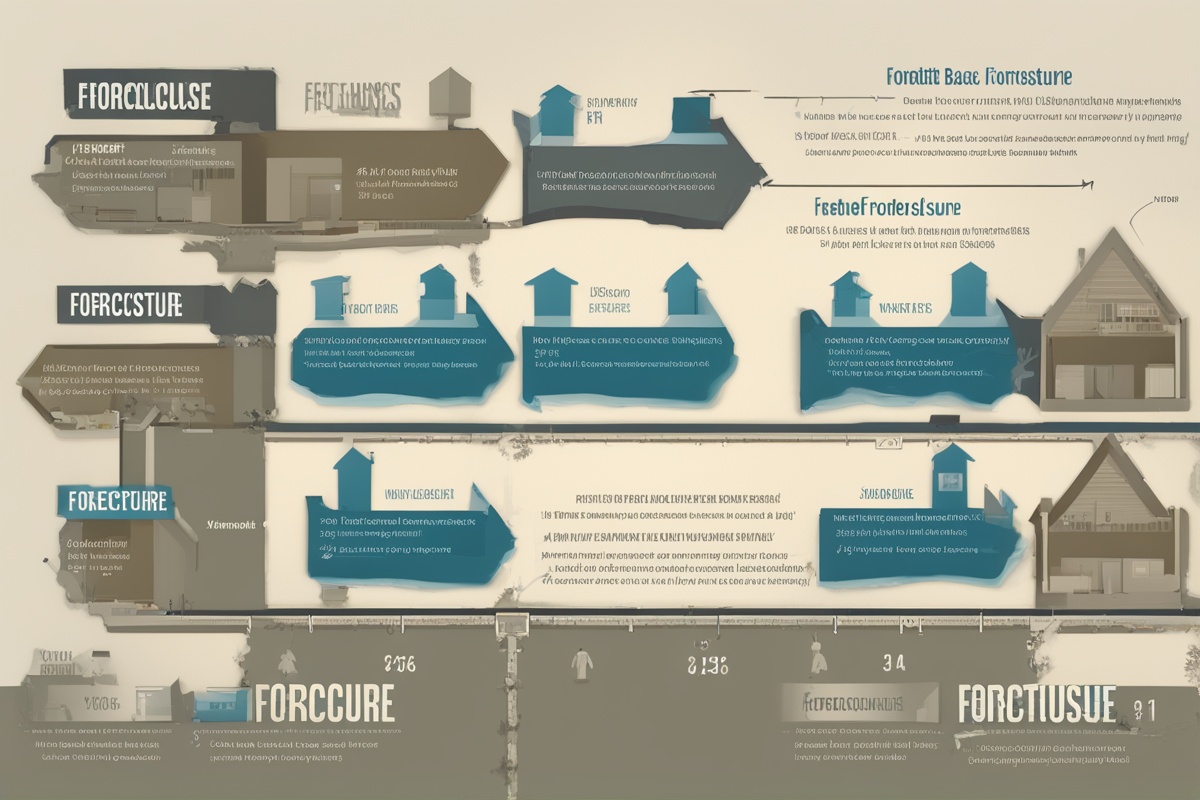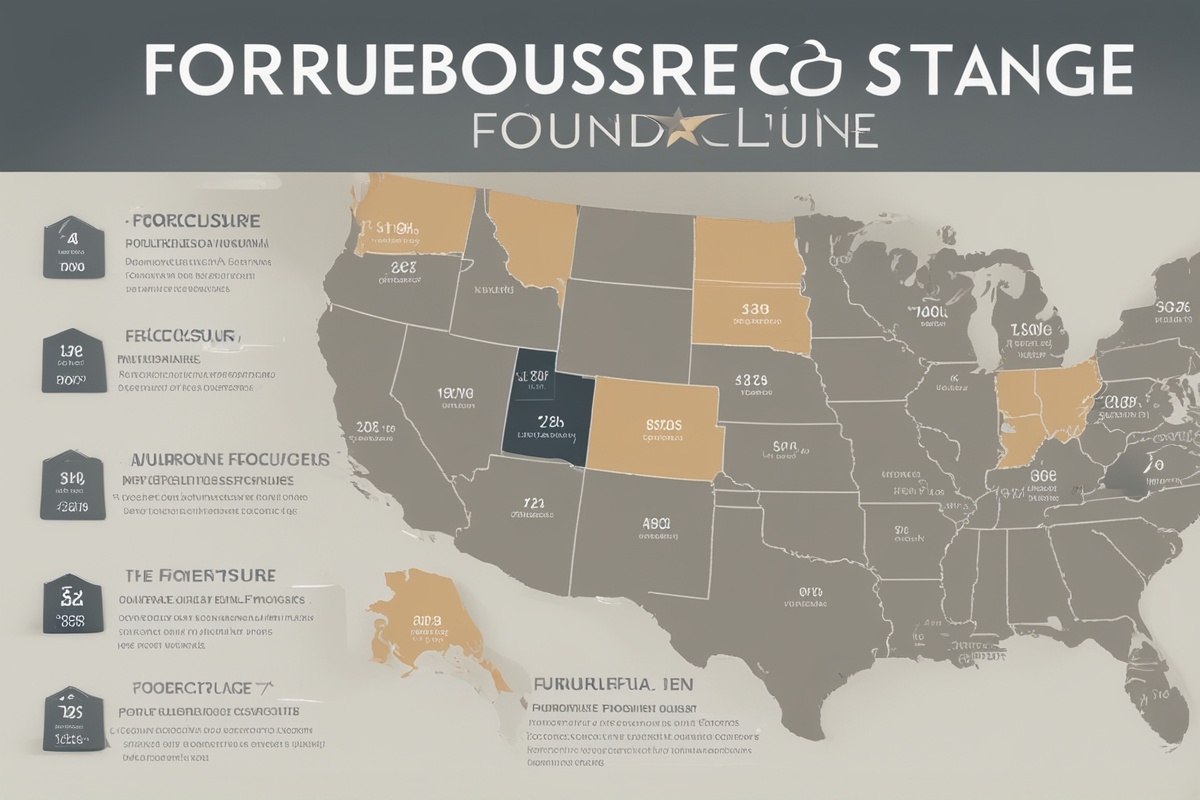Navigating the murky waters of home repossession can feel like a punch to the gut. If you’re facing financial hardship, the looming threat of losing your home is not just a logistical problem—it’s deeply personal. But here’s the thing: understanding home repossession stages can empower you to take control, or at least brace yourself for what’s coming. I’ve seen friends and clients wrestle with this process, and I’ve learned that knowledge is your best defense. So, let’s break it down step by step, with real-world insights and actionable advice to guide you through this tough terrain.
Disclaimer: This article is for informational purposes only, based on general research and personal experience—it’s not a substitute for professional legal or financial advice, diagnosis, or treatment. The home repossession process can vary widely depending on your location, specific circumstances, and local laws. Always consult a qualified attorney, financial advisor, or housing counselor for personalized guidance tailored to your situation. I’m here to provide clarity and perspective, but I’m not a legal expert, and the information shared should be a starting point, not the final word.
What Does Home Repossession Really Mean?
At its core, home repossession is the legal process where a lender takes back a property because the borrower hasn’t kept up with mortgage payments. It’s a harsh reality, but it doesn’t happen overnight. Imagine you’ve missed a couple of payments due to a job loss or unexpected medical bills—suddenly, you’re getting letters from your lender. That sinking feeling in your stomach? It’s real. But understanding home repossession stages means knowing that this is a multi-step journey, not a sudden eviction. Lenders don’t want your house; they want their money. Repossession is often their last resort, which means there are opportunities to intervene if you act quickly.
The Early Warning Signs: Missed Payments and Notices
The first stage of home repossession often starts with something as simple as a missed payment. Life happens—maybe your car broke down, or a family emergency drained your savings. One missed payment might not trigger alarms, but by the second or third, your lender will likely send a Notice of Default or a similar warning. I remember a colleague who ignored these letters, thinking they were just “scare tactics.” Big mistake. Within weeks, the tone of the communication changed, and the stress piled up. These notices are your wake-up call. They typically give you a window—often 30 to 90 days—to catch up on payments or negotiate a solution. Don’t bury your head in the sand; this is your chance to explore options like loan modification or forbearance.
If you’re unsure where to start, check out resources on mortgage relief programs for insights into government-backed assistance that might apply to your situation.
The Formal Process Begins: Pre-Foreclosure
If you can’t resolve the missed payments, the next stage is pre-foreclosure. This is when things get serious. Your lender files a public notice, often called a Notice of Trustee Sale or Lis Pendens, depending on your state. It’s a legal step that signals their intent to repossess the property. Here’s a personal tidbit: I once helped a neighbor navigate this stage, and the shame they felt seeing their name in public records was heartbreaking. But here’s the silver lining—pre-foreclosure is still a window for action. You might have 90 to 120 days to reinstate the loan by paying the overdue amount plus fees. Alternatively, you could sell the home yourself to avoid a full foreclosure on your credit report. Ever heard the saying, “A stitch in time saves nine”? This is that moment. Act fast, and you might dodge the worst of it.
The Point of No Return: Foreclosure Auction
If pre-foreclosure passes without resolution, the process moves to a public auction. This is one of the most gut-wrenching stages of home repossession. Your property is sold to the highest bidder, often at a fraction of its market value. I recall a local auction where a family’s home went for 60% of what it was worth—devastating for them, a steal for the buyer. At this point, you’ve likely lost the right to reclaim the property, though some states offer a “redemption period” post-auction where you can still pay off the debt. Curious about redemption laws in your area? Dive into state-specific foreclosure laws for a clearer picture. The key takeaway? Once it’s at auction, your options are razor-thin, so earlier intervention is critical.
Post-Foreclosure: Eviction and Recovery
After the auction, if the home is sold, you’ll face eviction if you’re still living there. This isn’t just losing a house—it’s losing a home, a safe haven. The new owner or lender will issue a notice to vacate, and timelines vary widely (sometimes as little as 3 days, sometimes a month). I’ve spoken with families who described this as the lowest point, packing up memories under duress. But here’s where resilience kicks in. Post-foreclosure, focus on rebuilding. Your credit will take a hit—foreclosure can drop your score by 100-160 points, per FICO studies—but it’s not the end. Start by securing stable housing, even if it’s renting, and work on a financial recovery plan. Resources like credit repair after foreclosure can offer practical steps to get back on track.
Emotional and Practical Strategies During Repossession
Let’s be real—understanding home repossession stages isn’t just about timelines and legal jargon; it’s about surviving the emotional toll. I’ve seen folks crumble under the stress, but I’ve also seen others rise above it. Imagine you’re juggling late notices and sleepless nights—how do you cope? First, lean on support networks. Talk to family, friends, or a counselor if the weight feels unbearable. Practically, document everything—every letter, every call with your lender. This could be crucial if disputes arise. And don’t shy away from seeking free or low-cost help from HUD-approved housing counselors. They’re trained to negotiate with lenders and often know tricks you wouldn’t think of on your own.
Another tip? Keep a cool head when communicating with your lender. I once advised a client to write down their points before calling—emotions run high, and you don’t want to say something you’ll regret. Ask about hardship programs or partial payment plans. Sometimes, showing good faith with a small payment can buy you time. It’s not a guarantee, but it’s worth a shot.
Can You Prevent Home Repossession? Exploring Alternatives
Now, here’s the million-dollar question: Can you stop repossession once it’s started? The answer isn’t black and white, but there are paths worth exploring. Loan modification is one—lenders might adjust your interest rate or extend the loan term to lower payments. Forbearance is another option, temporarily pausing payments during a hardship. Then there’s a short sale, where you sell the home for less than you owe, with the lender’s approval, to avoid foreclosure. I’ve seen short sales work wonders for clients who acted early, though they’re not without drawbacks (like potential tax implications). The key is to communicate with your lender ASAP—silence is your worst enemy.
Beyond that, consider local or federal programs. The Home Affordable Modification Program (HAMP) may no longer be active, but similar initiatives exist. Check with your state’s housing authority for current options. And remember, every situation is unique. What worked for a friend might not work for you, so tailor your approach with professional input.
Long-Term Lessons from Home Repossession
Going through home repossession, or even coming close, leaves scars—but it also teaches lessons. I’ve learned from others’ stories that financial preparedness is non-negotiable. Build an emergency fund, even if it’s just $50 a month. Reassess your budget ruthlessly—cut the extras before they cut into your mortgage. And if you’re buying a home post-repossession, be brutally honest about what you can afford. Lenders will scrutinize your history, and overextending yourself is a recipe for déjà vu. Think of this as a hard reset. It’s painful, but it can be the start of smarter choices.
References
- U.S. Department of Housing and Urban Development (HUD) – Avoiding Foreclosure
- Consumer Financial Protection Bureau (CFPB) – What is Foreclosure?
- FICO – How Foreclosure Affects Your Credit Score
- Nolo – Understanding the Foreclosure Process
This content is for informational purposes only and not a substitute for professional advice.





